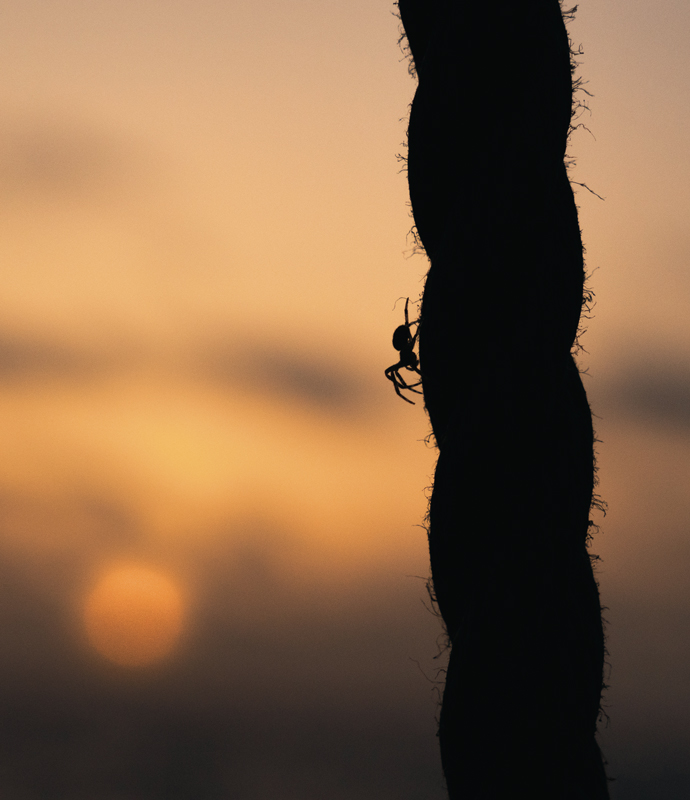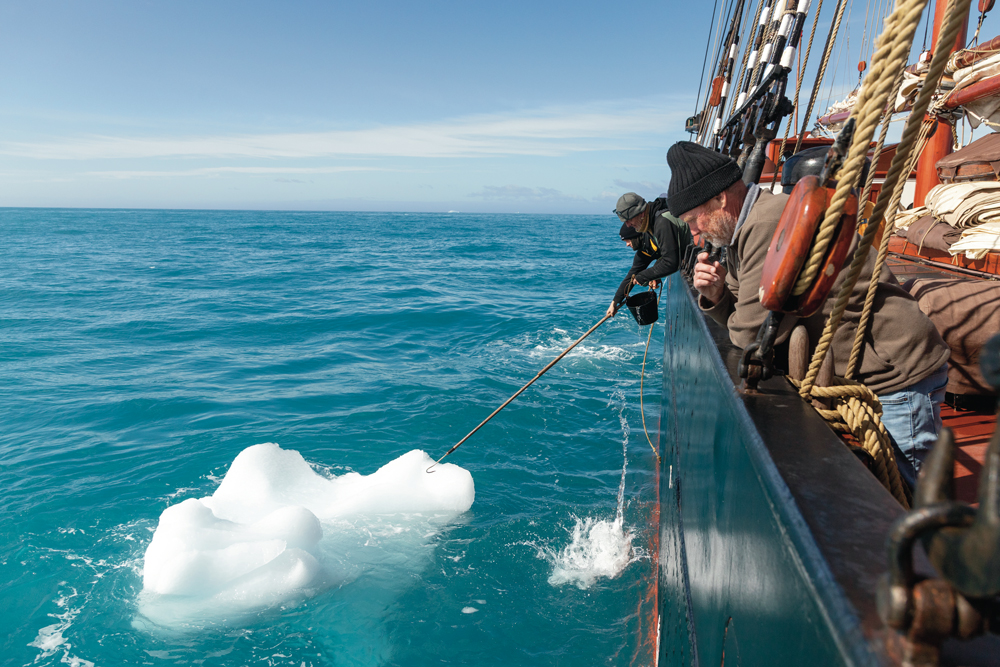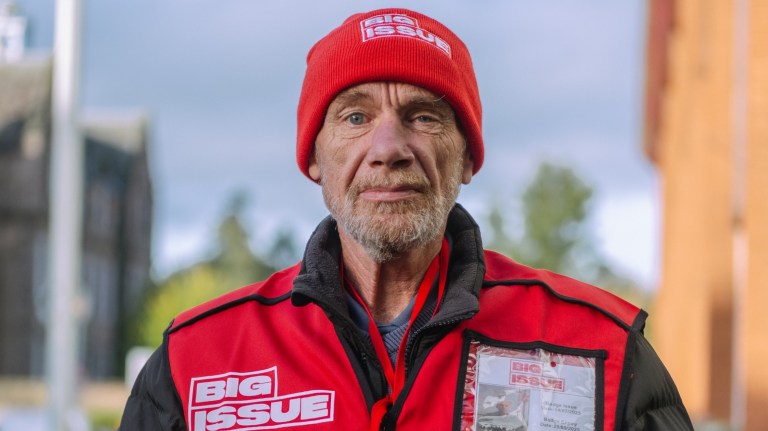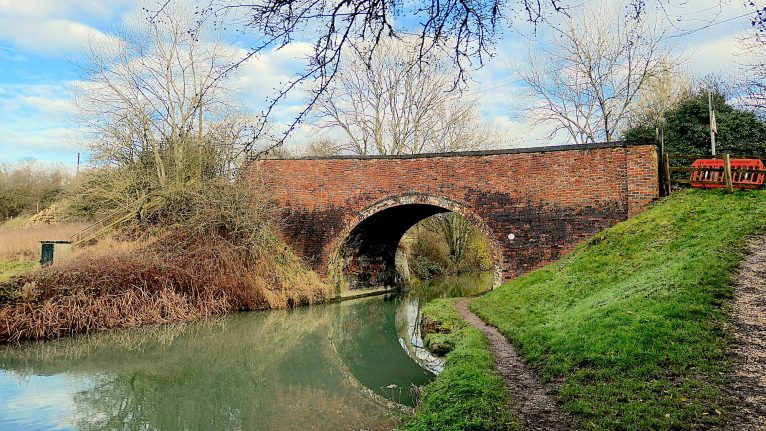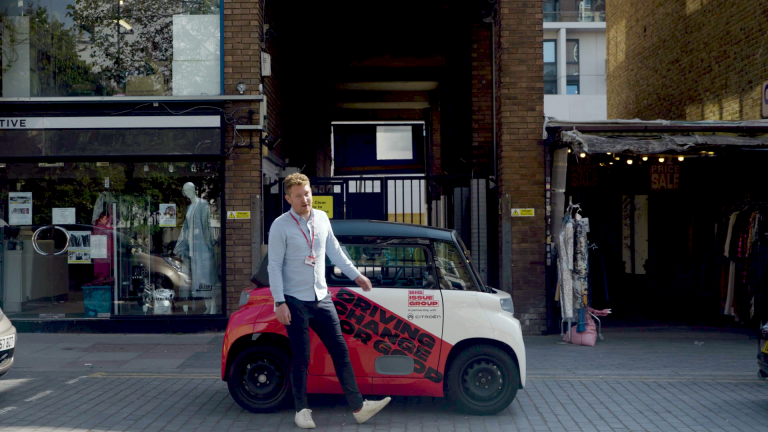In 2023, almost two centuries after Darwin wrote his theory of evolution on a voyage on the Beagle, a ship set sail to retrace his journey. It arrived back in Falmouth last month. Larissa Clark from the Darwin200 project tells us how it went – in pictures.
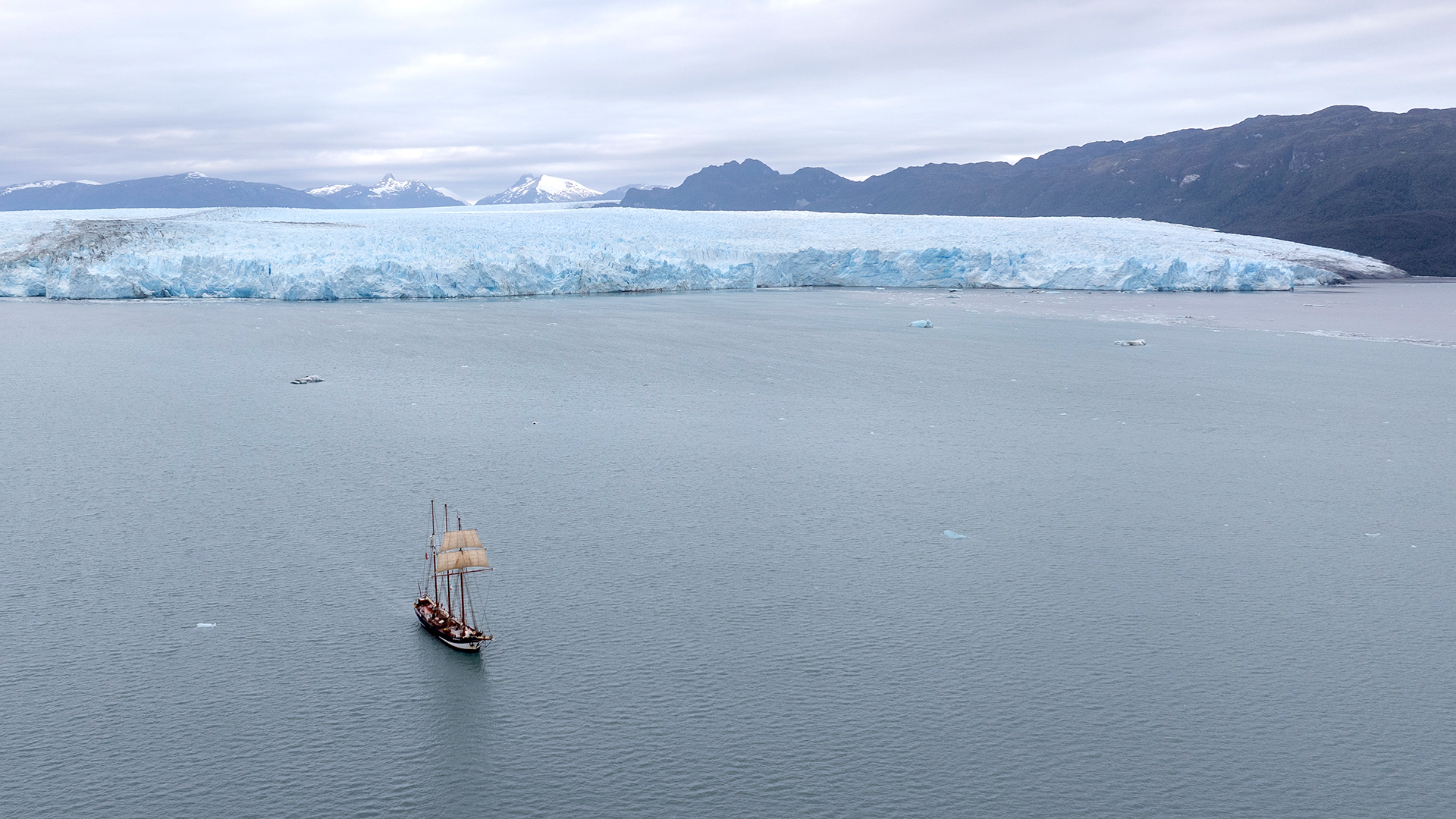
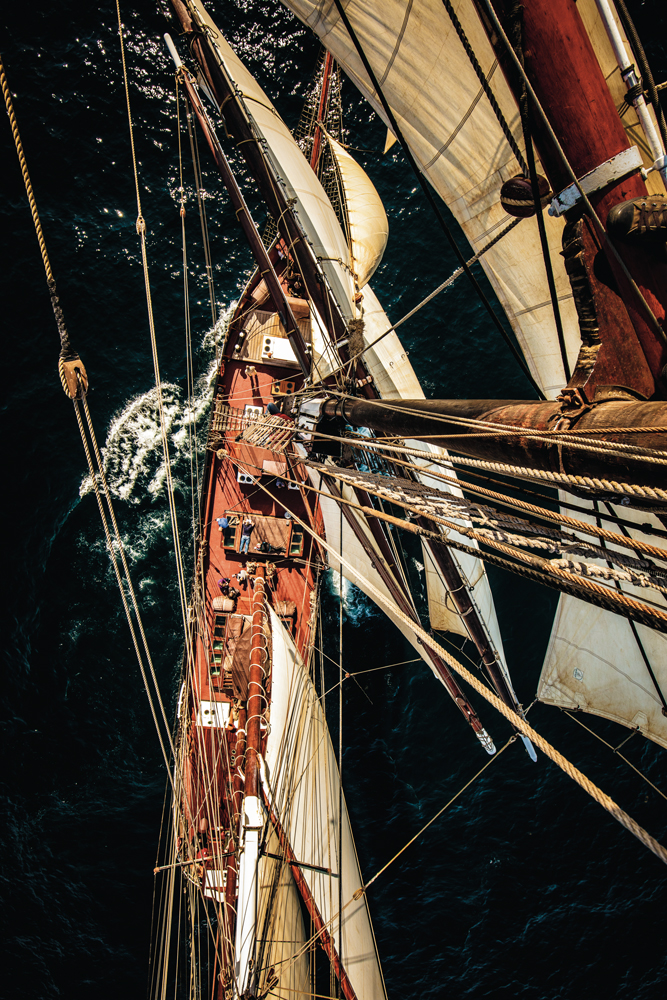
During the Darwin200 Global Voyage, Dutch tall ship the Oosterschelde sailed to Chile’s Brüggen Glacier, a vast river of ice in the Patagonian wilderness and one of South America’s largest glaciers. The crew explored this awe-inspiring landscape, witnessing the dramatic effects of climate change firsthand. Just days later, they encountered the planet’s largest living creatures, blue whales surfacing off the coast.
The majestic, three-masted vessel spent two years on its epic 43,000-nautical-mile journey retracing Charles Darwin’s route aboard the Beagle, inspired by the past but driven by an urgent vision for our future. The ship, built in 1917 and restored in 1996, served as a unique classroom, training over 100 young people from 45 countries in environmental leadership.
Read more:
- What can Charles Darwin teach us about Covid?
- ‘I thought I was going to die’: Meet the Hardest Geezer, the man who ran the world
- Adventurer Aldo Kane on how climate change has ravaged the natural world – and who’s to blame
Gold Harbour in South Georgia is a vital breeding ground for several penguin species, notably King and Gentoo penguins. These penguins are key indicators of ecosystem health, as their populations reflect changes in ocean temperature and prey availability. Studying these penguins helps scientists understand how environmental shifts affect Antarctic wildlife, ensuring these charismatic birds continue to flourish in one of the planet’s most remote and fragile ecosystems.
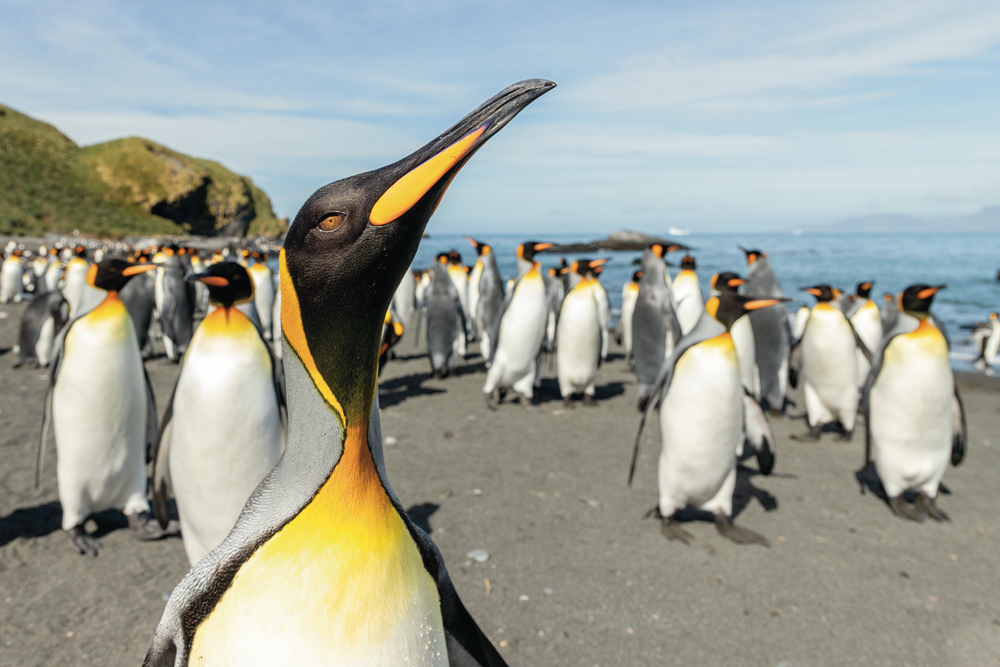
With stops at 31 ports, the voyage spotlighted global biodiversity, protecting over 105 species. Hemidactylus bouvieri – commonly known as the leaf-toed gecko – is a rare and elusive species endemic to Cape Verde. Its distribution appears to be limited to mountainous areas at elevations above 200 metres, making it extremely difficult to locate. As part of the expedition, Darwin Leaders partnered with researchers from the Cape Verdean NGO Biosfera, who had previously rediscovered the species six years ago. In one of the first population surveys since a 2023 sighting, the team successfully located a juvenile – an encouraging sign that breeding pairs still survive on the island.


